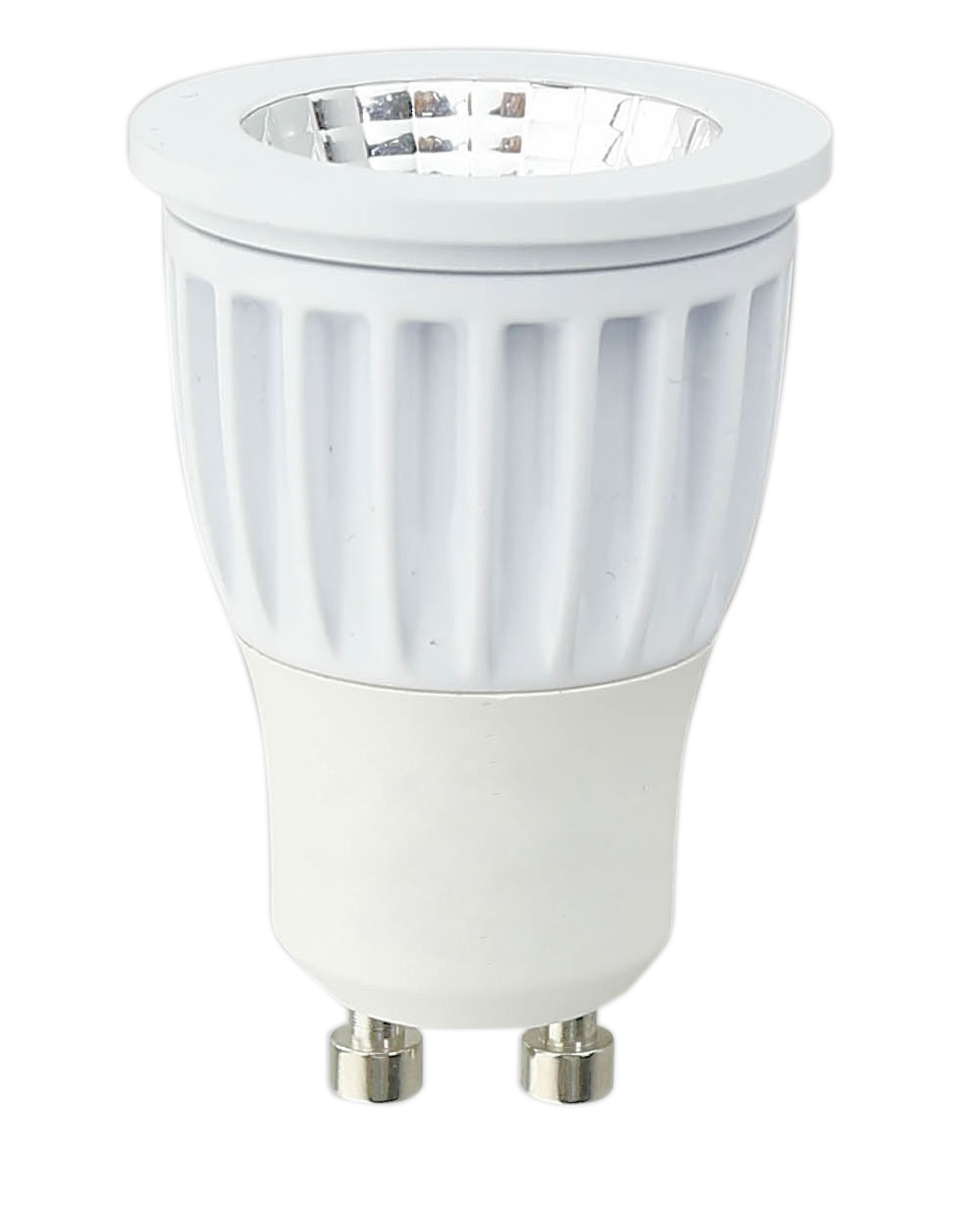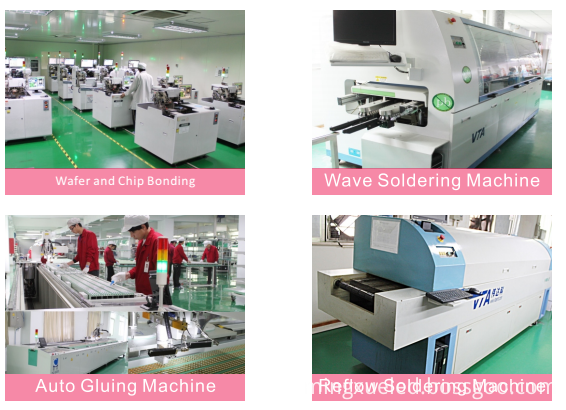Electronic ink is a new method and technology for innovative information being displayed. Like most traditional inks, electronic ink and the lines that change its color can be printed on many surfaces, from curved plastics, polyester films, paper to cloth. The difference from traditional paper is that the electronic ink changes color when it is powered on, and can display a changed image, such as a calculator or a mobile phone.
This article refers to the address: http://
Introduction
It appears to the naked eye that electronic ink is like a bottle of normal ink, but there are millions of tiny microcapsules suspended in the electronic ink liquid. Inside each capsule is a mixture of dye and pigment chips, which can be charged by a charge. In order to see the microcapsules of the electronic ink, you can think of it as a clear plastic water polo. There are dozens of table tennis balls in the water polo, and the water polo is filled with not the air but the pigment water. If you look at the water polo from the top, we can see that many white table tennis balls are suspended in the liquid, so the water polo looks white. Looking at the water polo from the bottom, you only see the pigment water, so the water polo looks black. If you put thousands of water polo into a container and move the table tennis between the top and bottom of the water polo, you can see that the container is changing color. This is the basic principle of electronic ink work. In fact these water polo are 100 micron wide microcapsules. At 1 square inch, it contains about 100,000 microcapsules. If electronic ink is printed on one page, one sentence contains more than 30 microcapsules.
Physicochemical properties
Electronic ink is a new material that is integrated with chemistry, physics and electronics. The manufacture of microcapsules itself involves only simpler chemistry and can be likened to salad dishes! After the microcapsules are made, they are called a gelatinous material. This material is a small solid particle that bears the physical properties of the liquid. The microcapsules are then suspended in a liquid "carrier" like a conventional ink, however it will stick to any surface that can be used with conventional inks. And can be printed using the existing screen printing process. Printed microelectronics technology changes the color of the ink particles and produces words and figures.
advantage
Electronic inks have many advantages, including legibility, flexibility, ease of manufacturing, and low power consumption. The reflectivity and contrast of the electronic ink are better than other display technologies. It seems that they are like ink on paper, which is a media break that people feel comfortable when they read and handle. In bright light, including direct sunlight, other display materials feel a little light and difficult to read. In contrast, electronic ink-based displays are really easy to read and read.
Because the electronic ink is soft, it can be used where the original display technology must be used where the hard and flat surface is hard to use. Electronic ink can be used on paper to produce the same effect as a flexible book and a newspaper. It can also be printed on cloth or printed on a non-planar, odd-like surface similar to cell phones and other appliances.
Finally, electronic inks, unlike other display processes, can hold images for weeks without consuming any additional power. With other display technologies, once the image can stay in one place, no additional power input is required.
Electronic ink products
The first product of e-ink is the large-area Immedia display. Immedia displays can be used where textual information must be delivered to a large audience, such as a resale store, a bank, a trade show, a noon, and more. Immedia shows that the flexible electronic display has the same reading power as the ink on paper, enabling it to evolve into a uniquely large display industry. The Immedia display can be networked with other character information that propagates the message chain, allowing the touch key to send all character information to be submitted. Go online. The first Immedia display was shown at the Marlborough JCPenny department store in Massachusetts on May 3, 1999, and several large companies have experimented. Immedia shows that it was available in early 2000.
Today Immedia can only display white on a blue background. The hard work of the laboratory has been able to demonstrate white on black, white on red and white on green. The next stage supports the color of any two-color combination, and full color capabilities are also under development.
Electronic ink has the same properties as the printing inks that are being used today. With the same printing process, electronic ink can be printed onto paper, even with the same equipment, and electronic ink can be used to produce an electronic display where conventional ink can never be printed.
The great advantage of electronic ink over other display processes is low power consumption. A display produced with electronic ink keeps the image for a few weeks without the need for additional power input, and requires only a small amount of power when changing the displayed image. Other display processes require a constant power supply to hold an image. Immedia shows that it consumes only 0.1 watts of power, which means that the energy of a 100 watt light can be supplied to a thousand Immedia.
development path
In the past few years, electronic submission of books, newspapers and other literature has made great technological progress. Their applications range from APPL's ​​Newton to ubiquitous handheld computers, running with pointcast programs. To date, none of these processes have been used as a substitute for paper because of the lack of convenience and the comfort of a sheet of paper. However, electronic ink has all the good properties of a sheet of paper, maintaining the same lightness, feel, foldability, contrast and legibility. People will continuously receive the information printed on the paper, and the paper will type itself.
According to today's development level, electronic ink can change color 1 to 10 times in 1 second, which can meet the needs of animation. To achieve video speed, electronic ink must change 60 times or more in 1 second. E Ink scientists are pioneering this development as part of ongoing research and development efforts.
Wide application market
E-ink can be used anywhere in the current display, and more. The first generation of e-ink will use large-area characters in stores, pharmacies, banks, and the same stores that contact customers. After next year, electronic ink based displays will begin to appear in electronics including cell phones, PDAs, pagers and digital timepieces. Compared with flat panel displays, electronic inks have great advantages, good reading ability, more flexible design, low power consumption and low manufacturing price. Electronic ink can be printed on a variety of surfaces, including paper and fiber. Due to its flexibility, electronic ink has opened up new markets for curved surface displays. For example, more electronic devices are designed with handheld devices, and electronic ink can be printed on the user interface device inexpensively and conveniently. Imagine a coffee maker. When the temperature of the coffee is lower than your preferred temperature, the color of the interface warns you, or when the battery of the TV remote is insufficient, it turns red. In the future, paper printed in electronic ink can be typeset by itself, so a single sheet of paper can be used as an activity display for large information.
This product market is huge. Not only does e-ink have the ability to replace thousands of print papers used in warehouse character displays until the newspaper. It also has the potential to be used where the previous display has never been possible. Because electronics has entered everyday life, the key is to communicate with users. Electronic ink-based displays can be printed to electrical appliances and appliances, so it is the ideal communication medium.
Developers and companies
E-ink is developed and entered into the market stage by E Ink, Cambridge, Massachusetts. E Ink's pioneering work based on MIT was created in 1997. In order to develop products and applications, they are moved out of the laboratory, and then goods are sold in the market.
Key personnel in management include Randy Chan, Vice President of Commodity Development; Javed Chaudhary, Vice President of Manufacturing; Paul Drgaic, Director of Process Technology; Jim Juliano, President and CEO, Rey Kelly, Vice President of Sales; Ian Morrison, Director of Ink Process; and Ken Titledawm, Associate Director of Finance, Vice President and Manager Russ Wilcox.
The first round of e-ink investors raised $15.8 million for E Ink. The venture capital is A pplied Technology, Atlcs Vcnture Capital and Solstice Capital. Cooperative investments include Motorola, Creivis, Interpublic and Hearst. These partner positions provide expertise in the rapid development of applications and products.
E Ink's second round of corporate common stock financing in January 2000 was $37 million, which enabled the board's strategic partners to benefit from E Ink's e-ink process development key media industry. E Ink will use these funds to promote the research and production of electronic ink. From the lab to additional commercial applications, including E Ink's ultimate goal, reprintable books and newspapers.
At present, Amazon's Kindle, OPPO launched Enjoy (the first Android-based e-book reader), Hanvon's Hanwang N-series electronic reader (electronic paper book) is the application of Eink's electronic ink technology.
MR11 4w DIM led Spot Light is lighting with the size of the cup.
Spotlights lights Cup MR16 and MR11 are divided into two, the former is the headlight cup, which is a small lamp cup
MR11 4w DIM led Spot Light Cup points not connected with 12V and 220V transformer transformer, such as you are, then spotlights with transformer.

What you need is 12V 35W MR11 halogen lamp cup.
Lampholder two pins at different distances, MR11 4w DIM Led Spot Light feet away from the common general 4mm; MR16 lamp pin pitch is generally 5.3. Some lamp base jacks are oval, light bulbs foot distance 4,5.3,6.35 apply; some lampholder socket is circular, applies only to one kind of bulb from the feet.
Low-voltage MR11 4w DIM led Spot Light constant current drive, wall lights, spot lights, buried lights, underwater lights, automotive lighting
â—† industrial low-voltage lighting drivers
â—† Low voltage industrial lighting
â—† LED back-lighting
â—† Backlight LED Driver
â—† emergency lighting system
â—† LED driver
â—† a variety of low-voltage equipment need constant current drive

Mingxue Optoelectronics Co.,Ltd. has apply the I S O 9 0 0 1: 2 0 0 8 international quality management system certificate, For MR11 4w DIM led Spot Light, we apply the CE, RoHS and SAA certificate for our led lighting product.


MR11 4w DIM led Spot Light
Mr11 4W Dim Spot Light,Cob Mr11 4W Dim Spot Light,Bedroom Mr11 4W Dim Spot Light,Kitchen Mr11 4W Dim Spot Light
Shenzhen Mingxue Optoelectronics CO.,Ltd , https://www.mingxueled.com